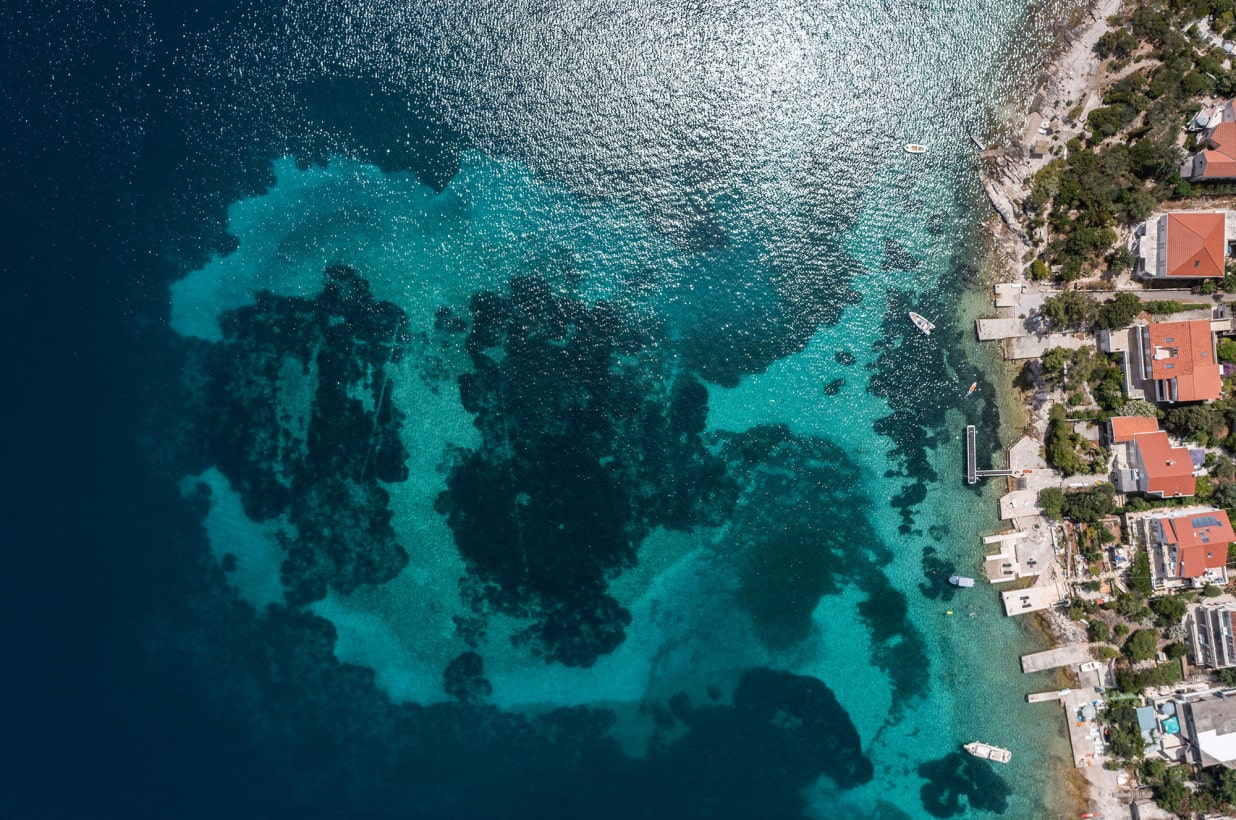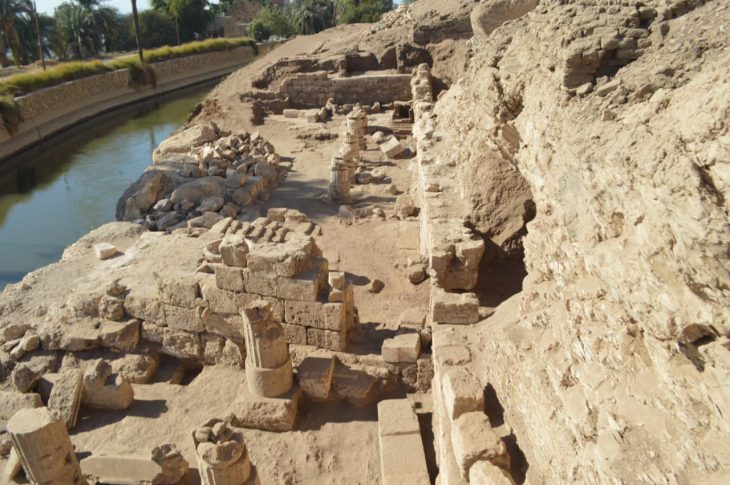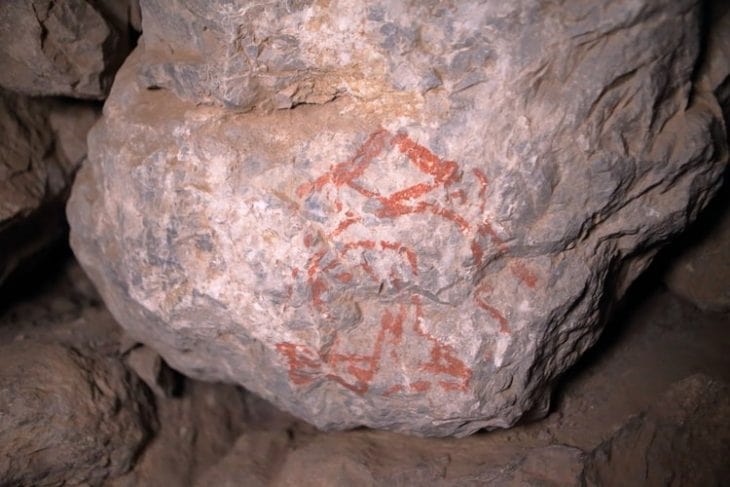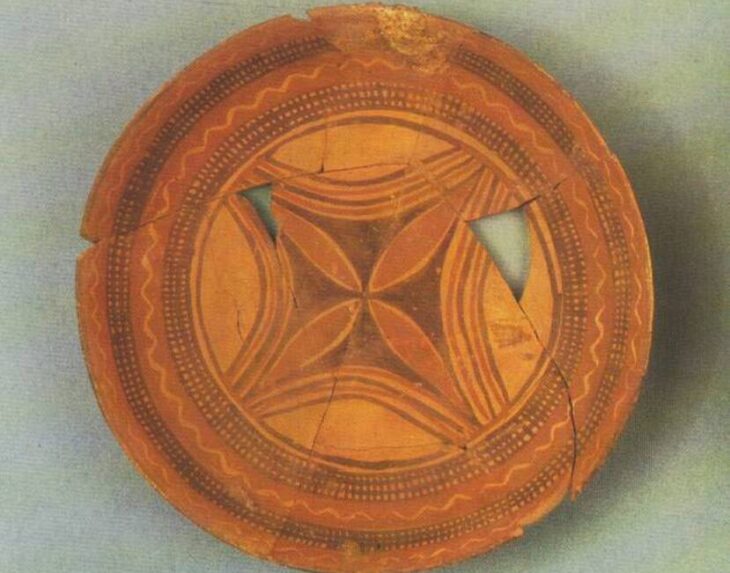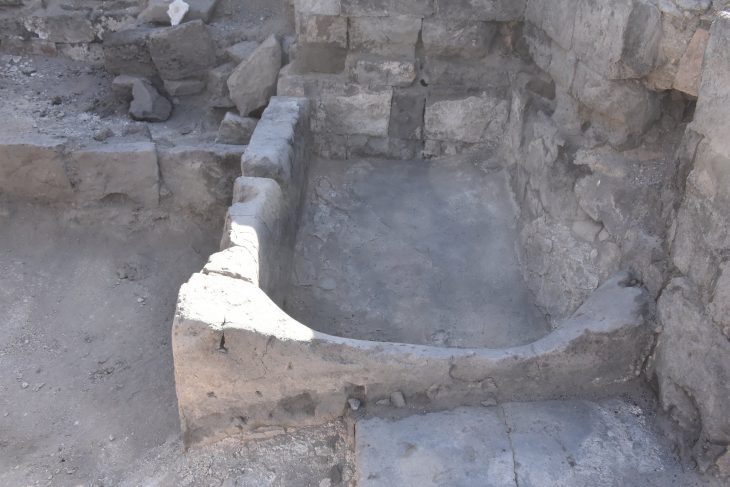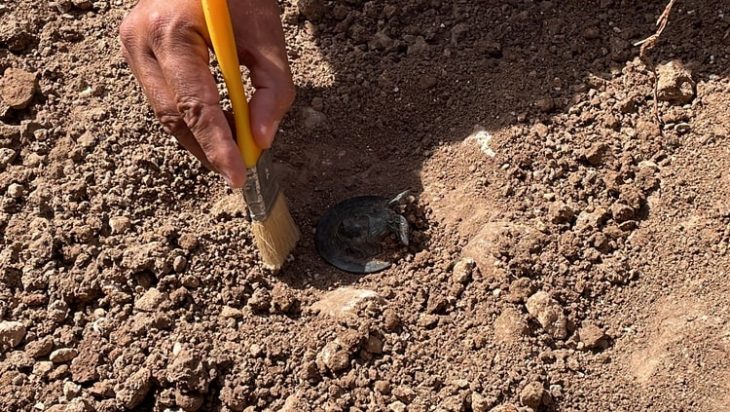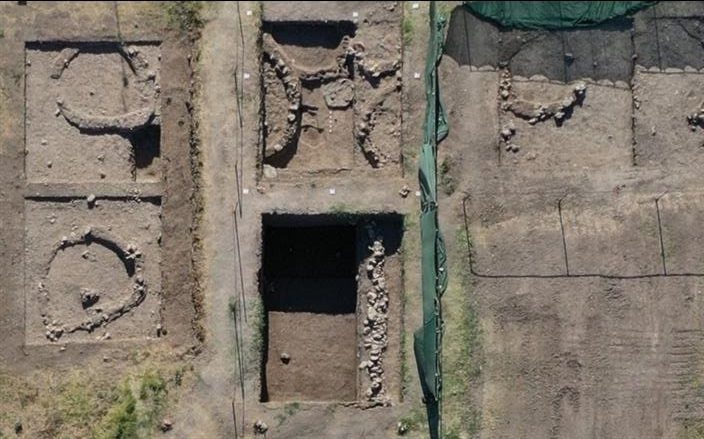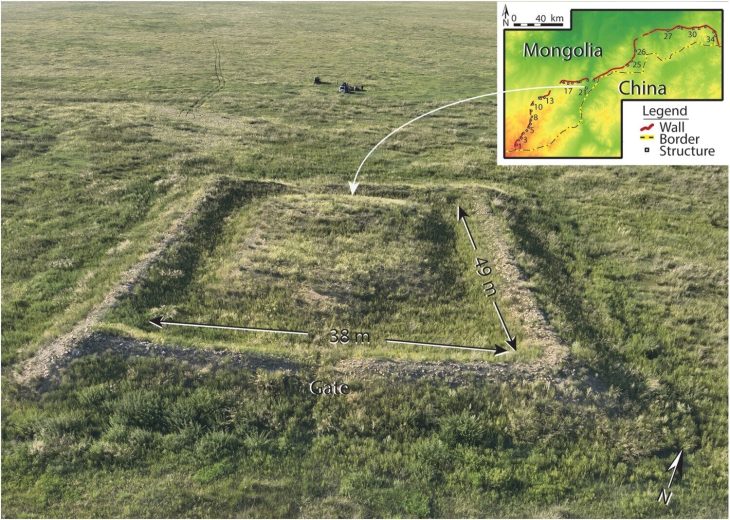Archaeologist Mate Parica, a professor at the University of Zadar, noticed something unusual while examining satellite images of Croatia‘s coastline.
The image depicted a huge, shallow region on the seafloor extending out from the island of Korcula’s eastern side.
Parica and a colleague decided to dive at the location, where they discovered what they think to be a Neolithic settlement from approximately 4,500 years ago, situated on a small piece of land connected to the main island by a short strip.
The pair found the remains of stone walls which had surrounded the settlement, as well as tools and other objects used by the inhabitants.
In a statement to the Reuters news agency, Mate Parica said, “We found some ceramic objects and flint knives,” he said.
📣 Our WhatsApp channel is now LIVE! Stay up-to-date with the latest news and updates, just click here to follow us on WhatsApp and never miss a thing!!

Marta Kalebota who runs the archaeological collection in the Korcula town museum said the settlement’s location was highly unusual.
“We are not aware at the moment of a similar finding elsewhere that a Neolithic settlement was built on an islet connected with a narrow strip of land,” she said.
Parica also said the island settlement discovery was atypical and that Neolithic finds were mostly made in caves.
“The fortunate thing is that this area, unlike most parts of the Mediterranean, is safe from big waves as many islands protect the coast. That certainly helped preserve the site from natural destruction,” he said.

